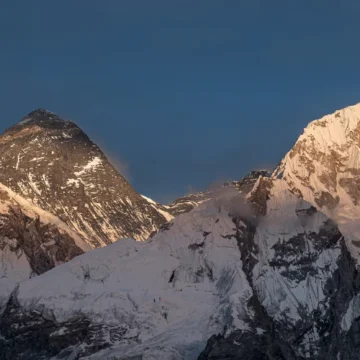
Electric Plugs and Adapters in Nepal- What to bring?
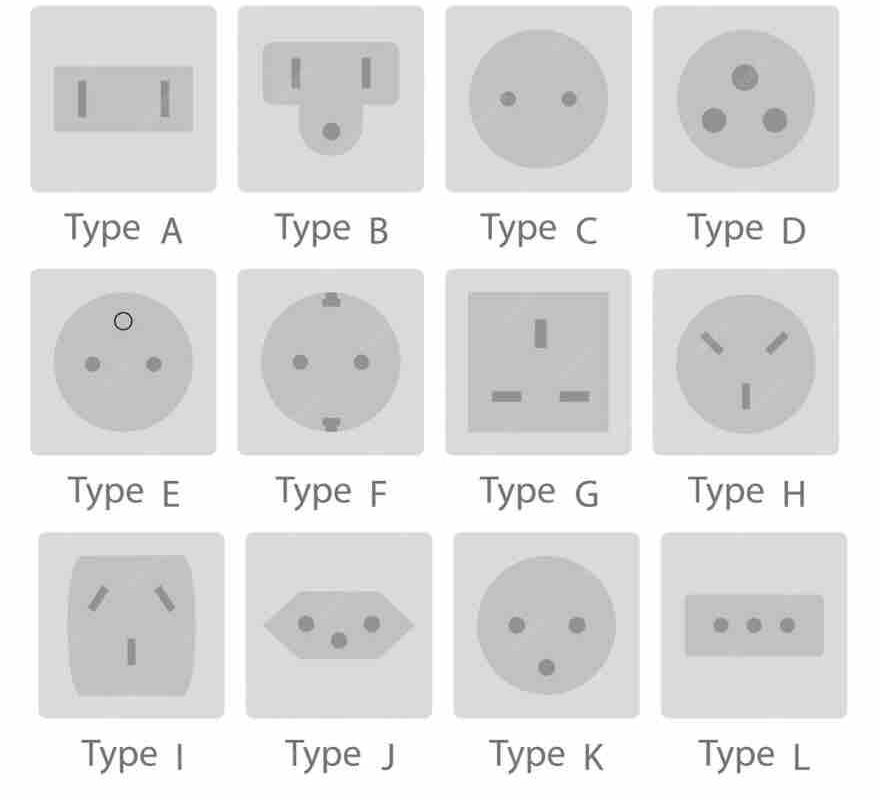
Table of Contents
This article is all about electrical adapters and plugs for Nepal. If you are about to trek in Nepal, there are some things you need to know. You must have done enough research on the treks and trails of Nepal. But have you considered what kind of adapters you should bring when coming to Nepal? If so, you will learn about electrical plugs and adapters for Nepal.
As in foreign countries, Nepal also uses various kinds of plugs and adapters. The brands of phones and electric appliances differ, so the electrical plugs and adapters for Nepal also differ according to them.
What kinds of plugs are used in Nepal?
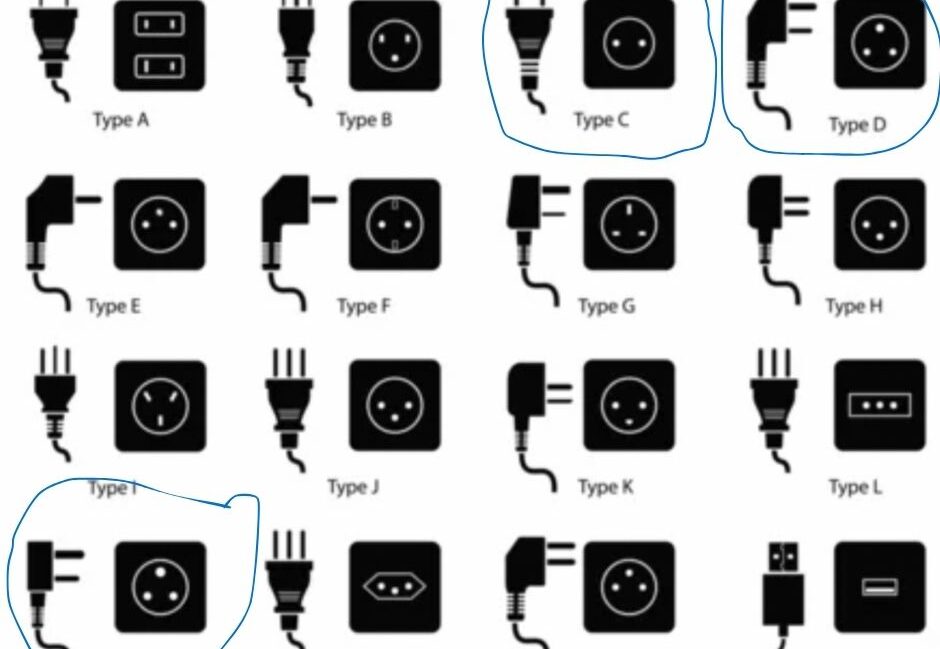
Nepal’s electricity electrical adapters and plugs for Nepal are quite similar to those used in India. They have two round pins that fit into the sockets, and they are known as Type D plugs. Another common type is the Europlug, which also has two round pins but is smaller. Having the right adapter is important if you’re bringing electrical devices from other countries to Nepal.
You might find sockets with three round holes arranged in a triangle shape. These sockets are for Type M plugs, which are often used in South Africa. Some newer buildings in Nepal might also have sockets that work with Type C plugs, which are the standard European plugs with two round pins.
So, when you travel to Nepal, make sure to check the type of electrical adapters and plugs for Nepal used in the area you’re staying in and bring the right adapter. This way, you can easily use your electronic devices without any problems.
What kind of sockets are used in Nepal?
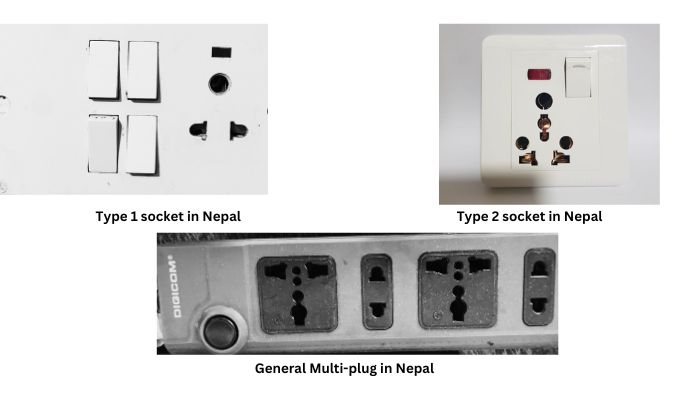
In Nepal, the sockets used for electricity are similar to those found in many other countries. These sockets are where you plug in your electronic devices to get them powered up. They come in different shapes and sizes, depending on your device’s plug.
There are three main types of sockets commonly used in Nepal. The first type is the Type C socket, which has two round holes. This type is often used for smaller devices like mobile phones and laptops. Then, there’s the Type D socket, which has three round holes in a triangular shape. This one is commonly found in homes and offices for various appliances. The Type M socket is larger and has three round pins in a triangular pattern. This type is used for heavy-duty appliances like air conditioners and refrigerators.
It’s important to know which type of socket your device uses so you can plug it in safely. Adapters can also be used to convert one type of plug to another if needed. So, whether you’re charging your phone or running a big appliance, you’ll find the right socket to keep things powered up in Nepal.
What Is the Standard Electrical Voltage and Frequency in Nepal?
Nepal’s standard electrical voltage is 230 volts, and the frequency is 50 hertz. Most electrical appliances and devices in Nepal are designed to run on this voltage and frequency. However, it’s always a good idea to check the voltage necessities of your specific devices before plugging them in.
There are two main types of electrical outlets in Nepal: Type C and Type D. Type C outlets are the most common and have two round pins, similar to the European standard. Type D outlets have three round pins in a triangular pattern and are less common. If you plan to use electronic devices from different countries in Nepal, it’s a good idea to carry a universal adapter.
What Is the Electricity Condition Trekking Region in Nepal?
Electricity availability in trekking regions of Nepal varies depending on the specific area. In some regions, especially those closer to urban centres or popular trekking routes, electricity may be more readily available. Lodges and guesthouses along these routes are likely to have electricity for charging devices and lighting.
However, electricity can be limited in more remote or off-the-beaten-path trekking areas. In such places, lodges and accommodations may rely on optional sources of power, such as solar panels or generators, which might not provide as consistent or reliable electricity as in urban areas.
There are several types of trekking regions in Nepal, each with its own electricity situation. Popular treks like the Everest Base Camp trek or the Annapurna Circuit trek generally have better access to electricity due to their popularity and infrastructure development.
There are also less-travelled or remote trekking routes like the Upper Dolpo or Manaslu Circuit treks, where electricity availability might be limited. Camping-style treks in national parks like Sagarmatha National Park or Langtang National Park are also available, but electricity is generally not available, and trekkers must rely on alternative power sources or traditional methods of lighting and heating.
What is the best USB charger for Nepal?
When it comes to having the perfect USB charger for your needs in electrical adapters and plugs for Nepal, you’ll want to consider a few factors. One great option is a universal USB charger, which can work with various devices and is versatile and convenient. These chargers usually have multiple ports, allowing you to charge more than one device at a time.
Another type to consider is a fast-charging USB charger, which can quickly charge your devices, saving you time and keeping you connected on the go. Solar-powered USB chargers are gaining popularity in Nepal, especially among outdoor enthusiasts and eco-conscious individuals. These chargers use the sun’s power to charge your devices, making them a sustainable choice for powering up while exploring Nepal’s stunning landscapes.
Will a solar charger work in Nepal?
Yes, a solar charger will work in Nepal. Nepal is known for its abundant sunshine, especially in the higher regions where many trekkers visit. The strong sunlight makes it a perfect place to keep your devices powered up. Whether you’re trekking in the Himalayas or exploring the bustling streets of Kathmandu, a solar charger can be a reliable and eco-friendly way to keep your devices charged.
Different types of solar chargers are available, including portable solar panels, solar power banks, and solar backpacks. Portable solar panels are light and easy to carry, making them ideal for trekking and outdoor adventures. Solar power banks store energy from the sun and can charge your devices even when there’s no sunlight. Solar backpacks have built-in solar panels, allowing you to charge your devices while on the move. All these types of solar chargers can be useful in Nepal, depending on your needs and the duration of your stay.
Are there power surges in Nepal?
Yes, there are power surges in Nepal. Due to fluctuations in the powerhouse, there are surges. These surges happen when there’s a hurried increase in the electrical current flowing through the wires, which can damage electrical devices. There are several reasons why power surges occur. One common cause is lightning strikes, which can send a huge surge of electricity through power lines. Another reason is when large appliances like air conditioners or refrigerators turn on and off, creating a spike in the electrical flow. Faulty wiring or problems with the power grid can also lead to power surges.
Do I get to charge my laptop, phone, and camera in during the trek?
Yes, when you’re trekking in Nepal, you can charge your laptop, camera, and phone at certain places along the trekking routes. Many tea houses and lodges along the trails have electricity available for charging electronic devices. You will have to pay extra cost for the charge.
However, the availability of charging facilities may vary depending on the location and the specific trekking route you’re taking. Some remote areas may have limited or no access to electricity, so it’s a good idea to plan ahead and bring portable chargers or extra batteries to ensure you can keep your devices powered up throughout your trek.
Do European plugs work in nepal?
If you have two round pins that fit into the sockets, and they are known as Type D plugs, they fit well in Nepal. Type M plugs, which are often used in South Africa and Type C plugs also works well in Nepal.
Want to know more?
Speak to an Expert





Sandip Dhungana
Nepal 🇳🇵
Whatsapp: +977-9823636377


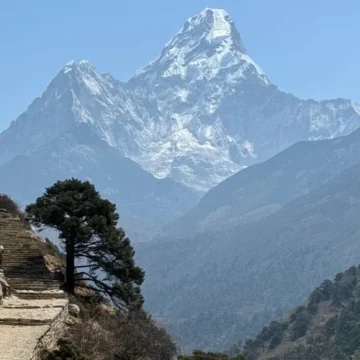
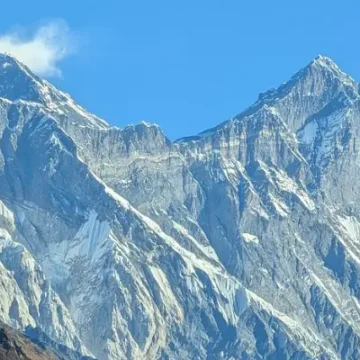

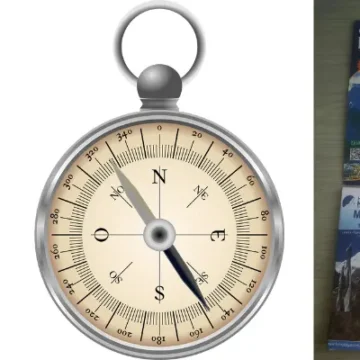



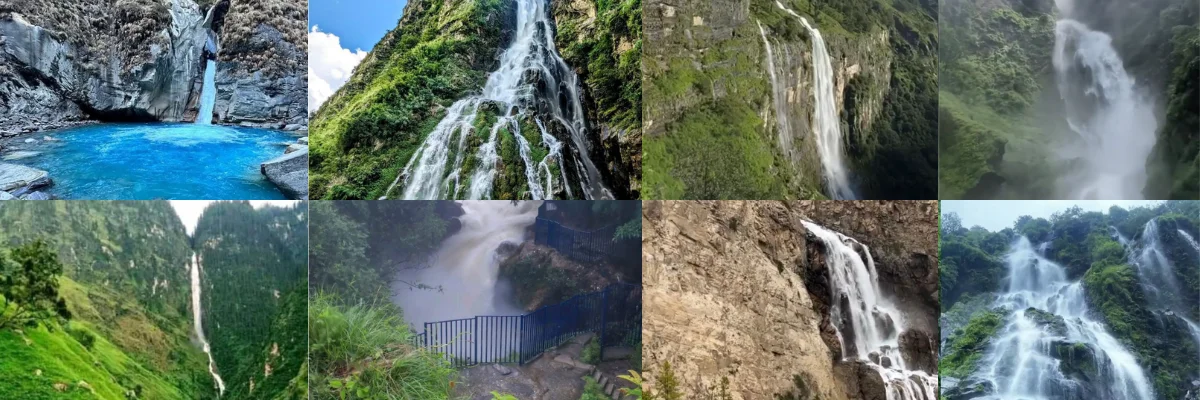
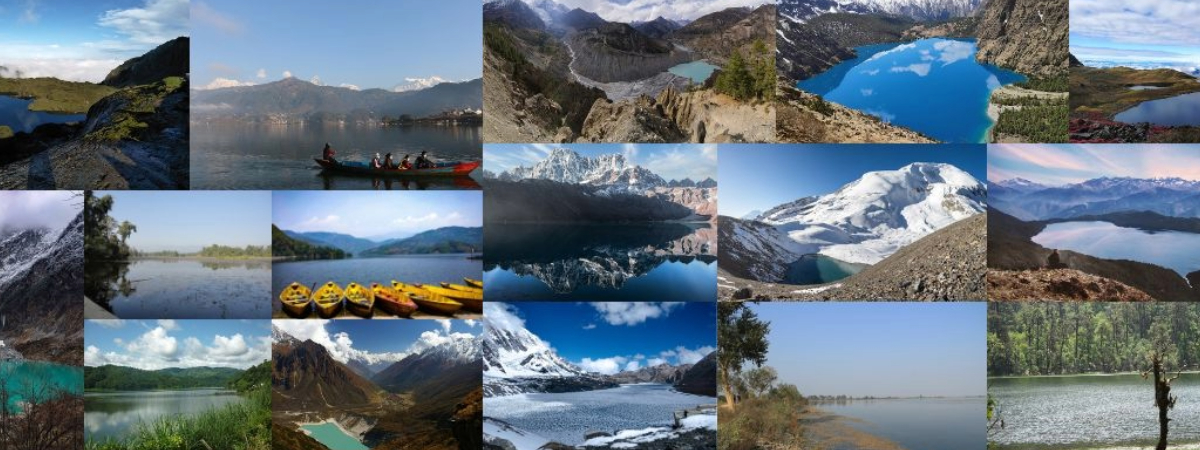






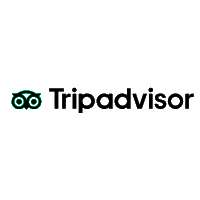
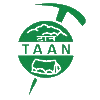

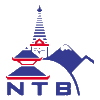


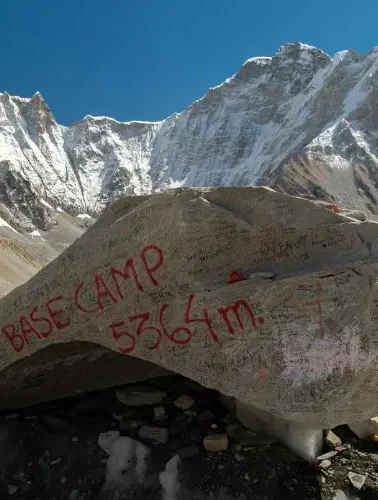
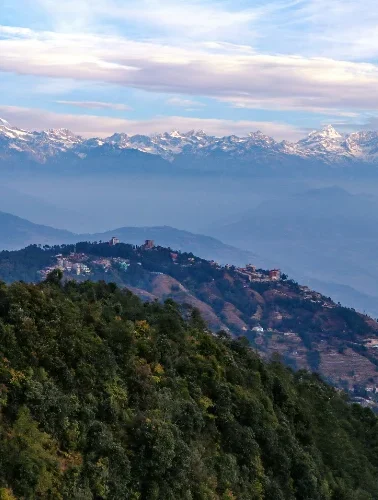
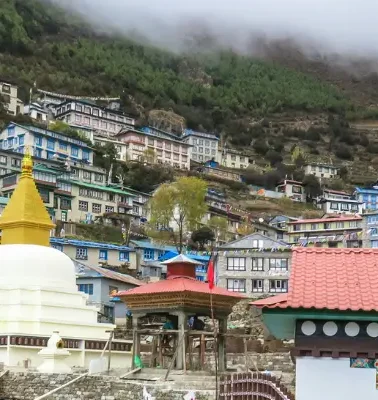
Leave Your Comment